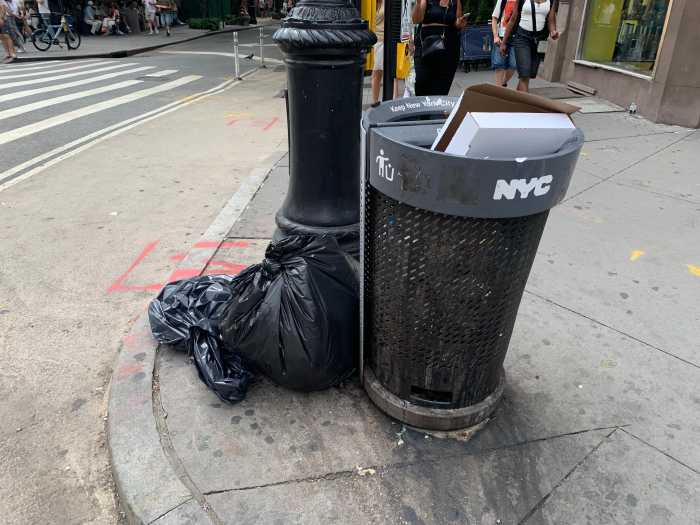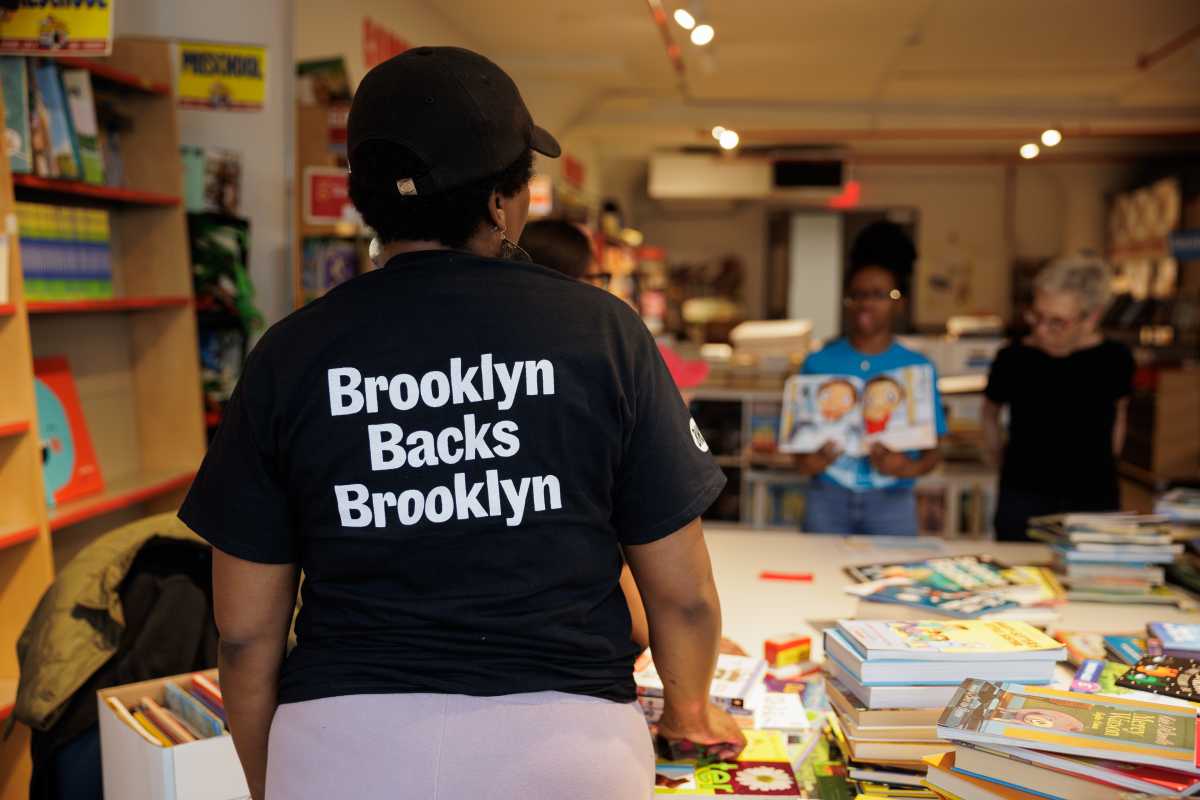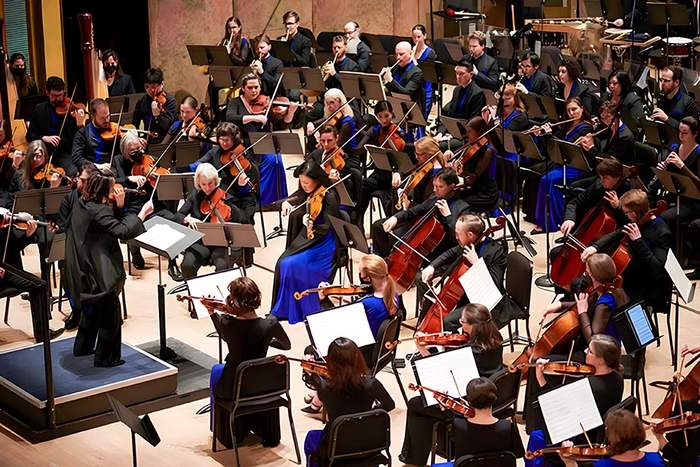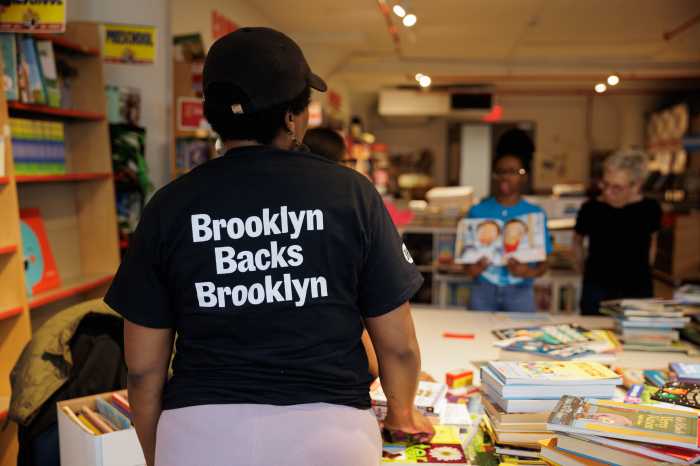
Thousands of NYC schoolchildren wake up each morning in a shelter or hotel room set aside for families who are homeless. That’s hard enough.
But then, many of those children travel more than an hour each way to get to and from school, sometimes taking subways or city buses across multiple boroughs.
Recently released data from the city’s Department of Homeless Services show that only 49.8 percent of the city’s 12,619 homeless families are placed in shelters close to their children’s schools. That’s far worse than it was in 2014, when 66.9 percent of the city’s homeless families were placed near their children’s schools.
But this summer, NYC embarked on a promising program, moving 200 homeless families to shelters or other facilities closer to their children’s schools.
At the heart of this issue, according to experts and city officials: The shelters, hotel rooms and scattered-site apartments that house homeless people aren’t evenly distributed citywide, especially when compared with where those families lived before they became homeless.
The proximity of a child’s home to his or her school matters. It’s likely one reason why the average attendance rate for homeless children is just 82.3 percent, compared with 91.4 percent overall.
Too often, shelters are clustered in low-income neighborhoods, and too many communities are quick to object when a shelter is proposed. Sections of the city have no shelters at all. So it’s nearly impossible to keep many families where they lived before they fell on hard times.
Now, city officials have to expand their efforts. But that’s possible only if shelters are more equitably situated. Last year, Mayor Bill de Blasio pledged to open 90 homeless shelters and end the use of scattered apartments and hotel rooms, within five years. So far, the city has opened only 15. It’s up to every City Council member and community board across the city — advocates for children of their districts in so many other ways — to encourage and support the development of new shelters, and be willing to welcome them in their neighborhoods.





































